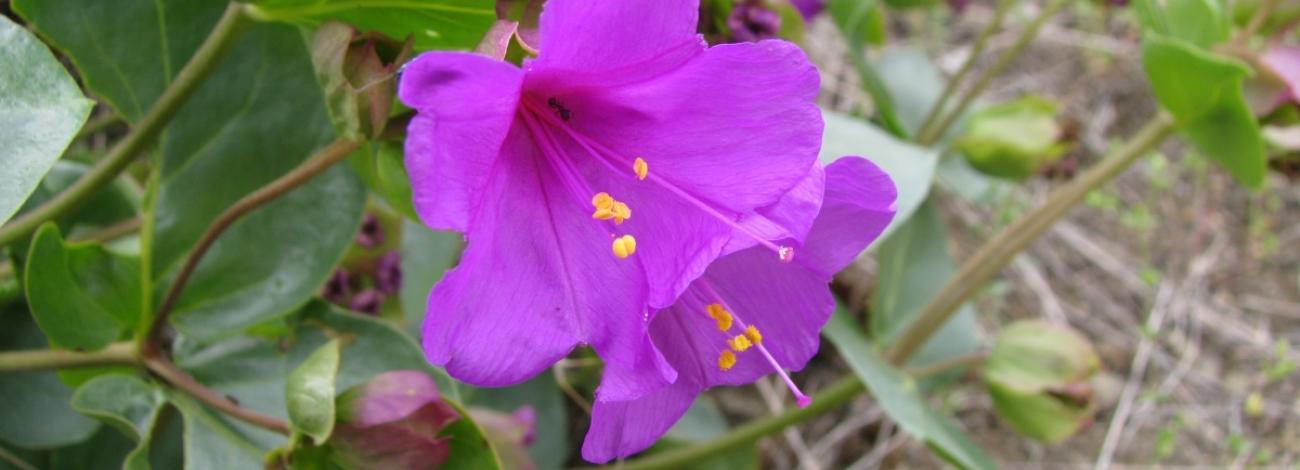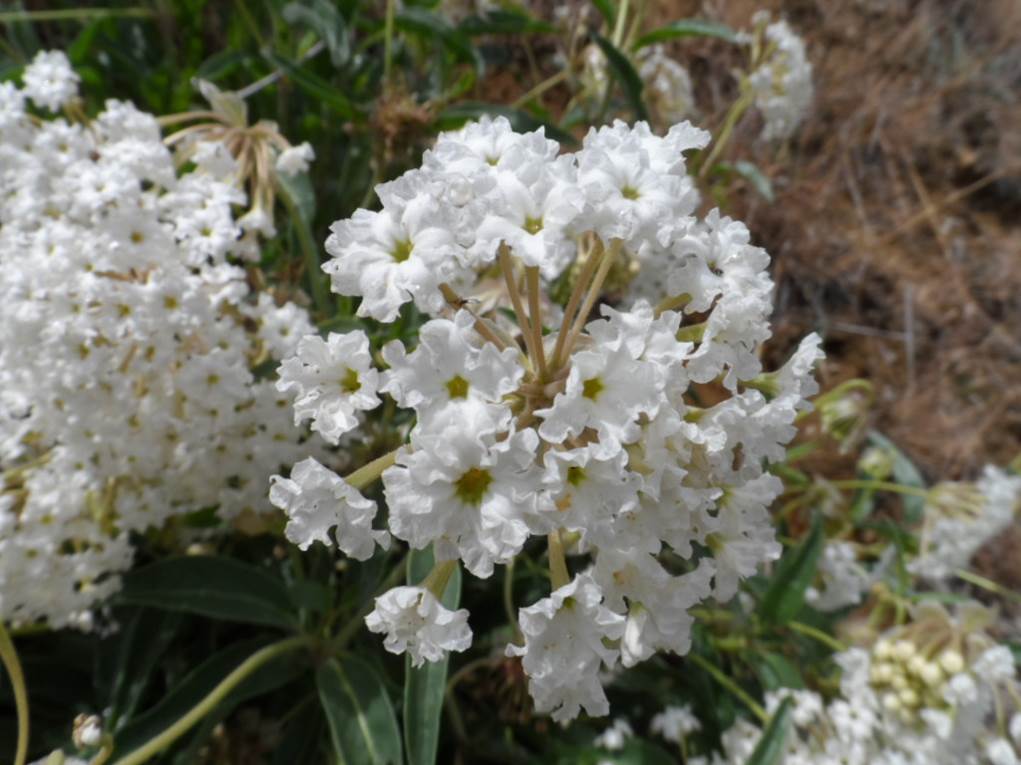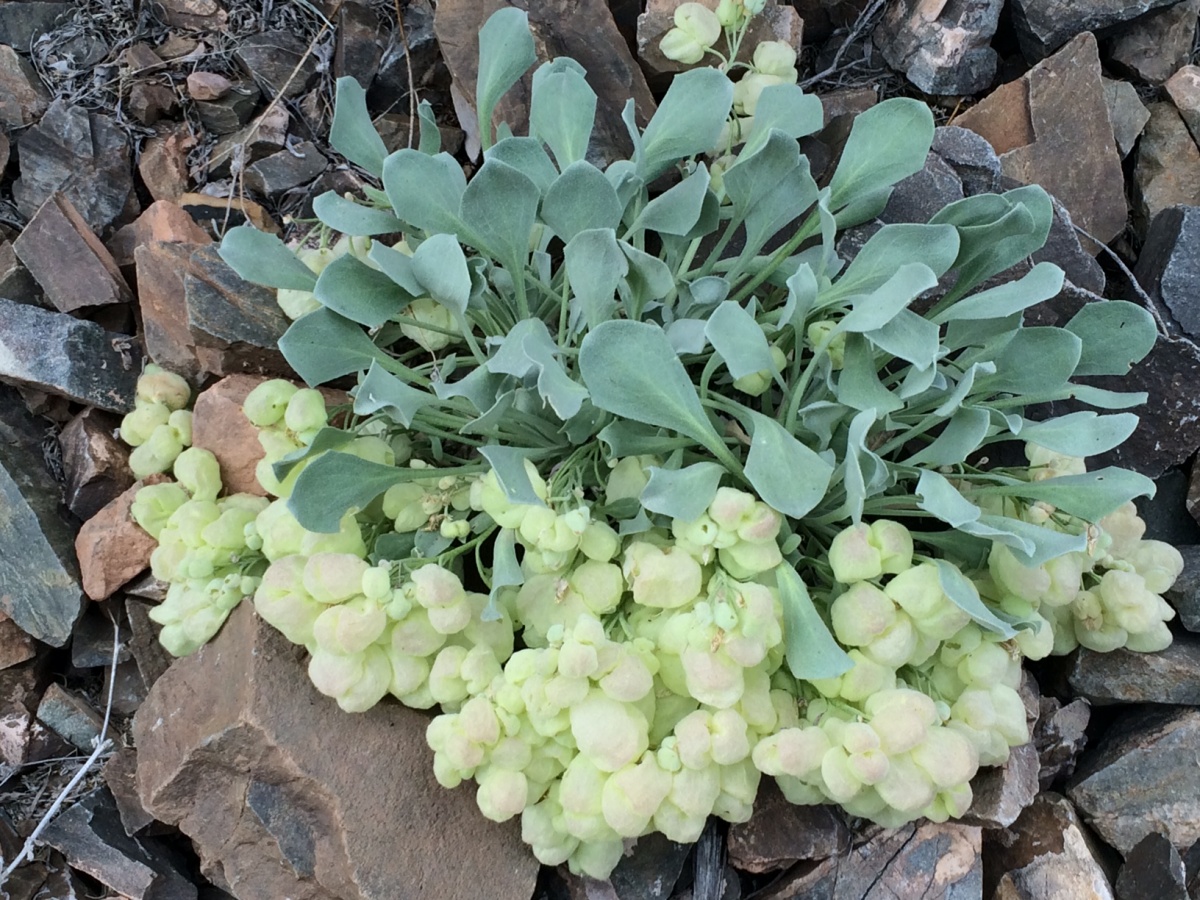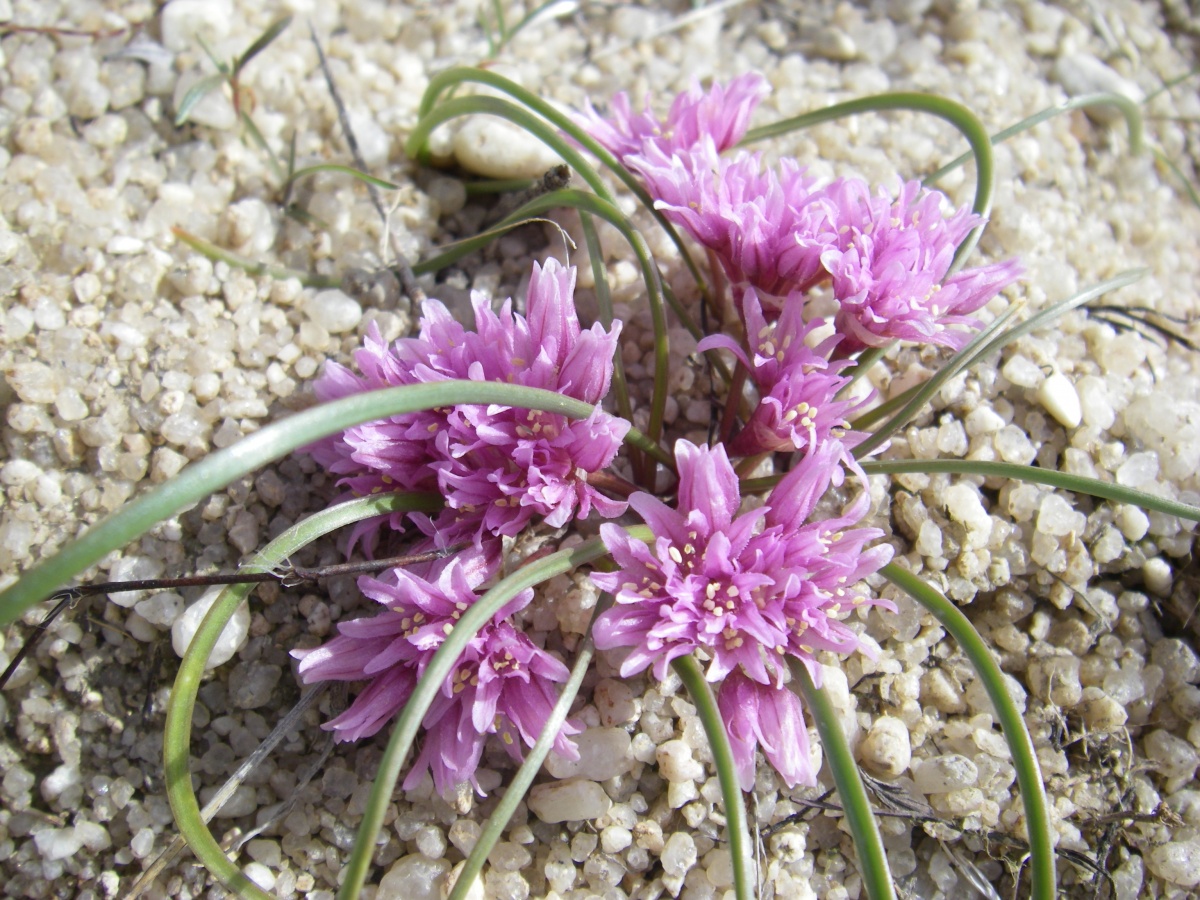
Idaho Rare Plants
Pictured above: MacFarlane's four o'clock (Mirabilis macfarlanei), one of Idaho's endangered species.
Idaho BLM manages 236 Special Status Plant species, as of 2022, from the wind-swept sub-alpine reaches of the Pahsimeroi range to the wild, dry canyon reaches of the Owyhee River and Hells Canyon and to the coastal disjunct conifer stands of northern Idaho. They are species of vascular and non-vascular plants that are rare because the total population of the species have just a few individuals, or are restricted to a narrow geographic range, or both. Some rare plants occur sparsely over a broad area. Other rare plants have many individuals, but these are crowded into a tiny area; in some cases a single county or canyon like the Bruneau River Phlox. A third kind of rare plant are those with both few individuals AND a narrow geographic range: these are the very rarest plants.

Some plants are naturally rare, and the cause is still a mystery – is it a missing pollinator or change in a plant community due to plant succession? These rare plants are not necessarily in danger of extinction if their habitat is secure and they continue to reproduce in the wild, but Botanists generally agree that rare plants are more likely to become extinct than more common species. There are particular life history characteristics recognized by scientists as increasing a plant species’ risk of extinction. A few examples of these natural risk factors are:
- Specialization to a particular soil or rock substrate, which may be patchy and/or limited in area
- Population isolation
- Specific mutualistic relationships with other organisms, such as pollinators, dispersers, or fungal partners
- Genetic self-incompatibility, for instance dioeciousness (where an individual plant has only one flower gender, so two plants at a minimum - a male and a female - are required for sexual reproduction to occur)
- Difficulty in colonizing fragmented habitat, since seeds may not be able to move far enough to reach the next suitable habitat patch

Other plants that were formerly more common have become rare because of changes in their environment. These changes are often brought on directly or indirectly by people’s patterns of settlement, transportation, recreation, and use of natural resources. We can help rare species recover and even thrive sometimes by making changes in our own behaviors. For most species, rarity results from some combination of anthropogenic (human-induced) and evolutionary (natural) factors rather than a single cause.
Human causes of rarity, direct and indirect, are identifiable for many rare plants. The more common are:
- Loss of habitat, which may already be limited by natural specialization
- Loss of pollinators, dispersal agents, or other plant partners
- Collecting for horticulture, medicinal uses, or science
- Introduction of competitors, pathogens, and pests: usually not native, and therefore not having co-evolved with our native plants
BLM botanists, ecologists and other resource specialists have many tools to conserve, protect, and manage these rare species that are part of our national heritage. Some of the most important and effective tools available are habitat conservation, off-site (ex situ) conservation, and restoration. Our partners and volunteers are also essential to the success of our rare plant program.

How you can get involved
Join a group that supports rare plant conservation. At the local level – Idaho Native Plant Society and at the national level - Center for Plant Conservation. These organizations need your support, and will welcome you as a member. The comradery you will experience will inspire you, and your enthusiasm will inspire others, to care for rare plants.
Share Your Knowledge and Passion Others that came before you led wildflower walks, taught local flora classes, and in so many ways shared their knowledge and passion about native plants, especially rare plants. They did so willingly. Now it is your turn to carry the torch, to pass along the knowledge and passion needed to keep our native flora thriving. Invite your family and friends along for a walk through the Idaho sagebrush steppe or montane meadows - your enthusiasm will be catching. Volunteer to make a presentation, especially at your local elementary or middle school. Help children make deep connections with nature that will last a lifetime.
Become a Citizen Scientist No public land management agency has the staff or the budget to carry out all the tasks necessary to conserve and manage native plants. Many agencies and organizations provide training enabling people to conduct rare plant monitoring, give public programs, lead public interpretive walks like through the Idaho Department of Fish and Game Master Naturalist Program.
